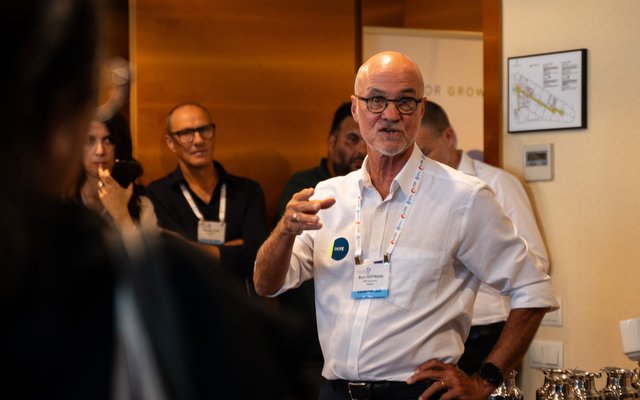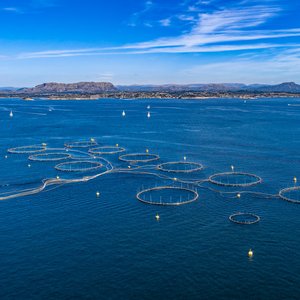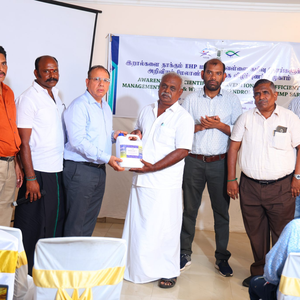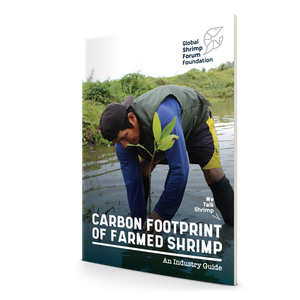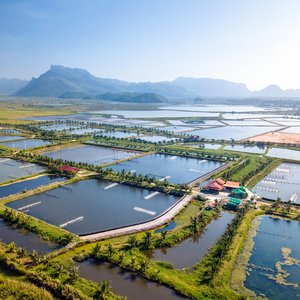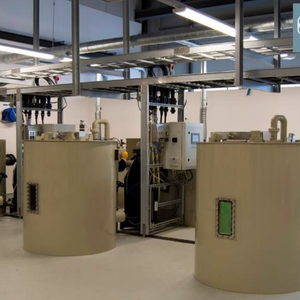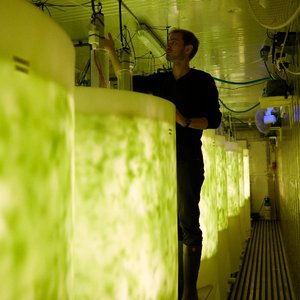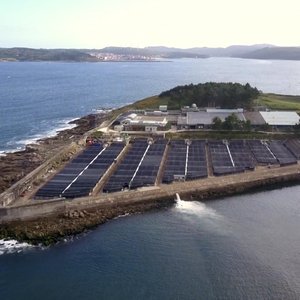INVE Aquaculture unveiled four new products at Aquaculture Europe 2025, all designed to enhance performance, consistency, and profitability in European marine fish hatcheries.
New marine larval fish monitoring tool
INVE Aquaculture has introduced new applications for its SnappArt 360 tool. Initially launched in 2023 as a rotifer and Artemia counting system, it has now been expanded to quantify and qualify marine larval fish, all with the same device.
The new module, called E-SENSE, joins the already available L-SENSE for live feeds and Q-SENSE for QC analysis. L-SENSE is designed to count Artemia, Artemia embryos, and rotifers across their developmental stages. Q-SENSE focuses on hatching and cyst counts, which are key parameters for Artemia quality. A fourth module, S-SENSE, dedicated to shrimp larvae, will be launched soon. Each module can be activated through subscription.
E-SENSE was specifically developed for the precise detection of embryonic stages in marine fish eggs. During incubation, it can assess egg quality throughout the entire process, from fertilization, differentiating viable from non-viable eggs, through the blastula, gastrula, and neurula stages, and up to hatching.
“Today’s egg quality checks require time and expertise. With this new module, we’re applying artificial intelligence and vision-based technologies to create a tool capable of analyzing egg development and larvae,” explained Giulia Franchi, R&D Trial Manager at the INVE Aquaculture Research Center (IARC), during the launch.
“Operators simply take a sample, snap a picture, and the system performs the analysis. It’s fast: we recommend taking 12 pictures, and in less than one minute, the results are ready,” Franchi added. “The module has been trained to identify eggs at different stages, viable and non-viable eggs, as well as membranes, and dead larvae, essentially everything a hatchery operator might encounter in culture.”
Results are stored in the operator’s database along with the corresponding photos for both immediate and future evaluations. The module also generates reports with key statistics and KPIs, including fertilization rate, percentage of non-viable eggs, and total egg counts in tanks, supporting more informed management decisions.
“With this module, you can rely on consistent, expert-level analysis every day, avoiding the variability of operator judgment and always based on the most up-to-date knowledge,” Franchi noted.
E-SENSE enables comprehensive evaluation of the spawning process, including broodstock tank setup and synchronization, fertilization rate before egg collection, hatching rate before larval stocking, and assessment of eggs obtained through stripping, as well as counting day-1 larvae before sale.
“This module will bring greater efficiency to hatchery operations and help standardize the critical first steps of production,” said Franchi. “SnappArt 360 E-SENSE automates and simplifies monitoring with accurate counts, embryonic staging, and high-resolution imaging, enabling objective, data-driven management.”
E-SENSE is in continuous development. Currently, modules are available for gilthead seabream (Sparus aurata) and European seabass (Dicentrarchus labrax). INVE is also working on modules for additional species such as Asian seabass, sole, turbot, and grouper, along with other specialized applications.
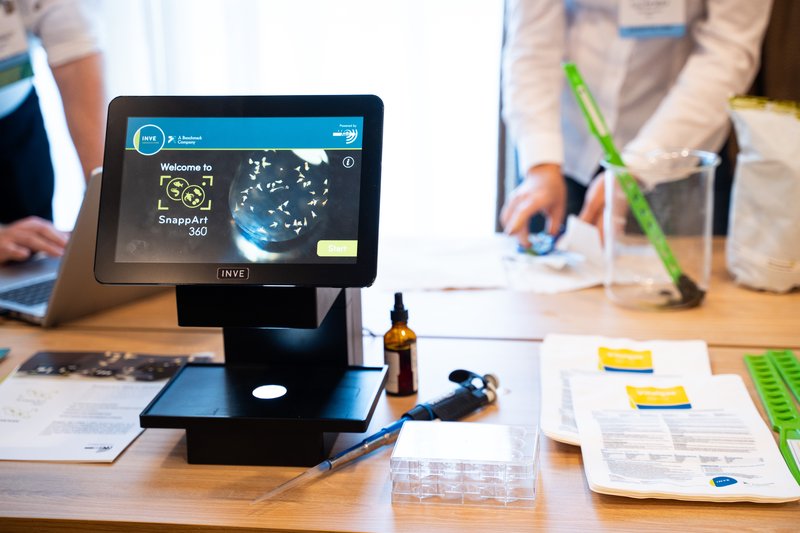
SnappArt 360 tool. Credits: INVE Aquaculture
New algal paste
INVE Aquaculture has introduced Vitalgae™ Nanno, a new algal paste designed as a rotifer diet with high algal cell density (average 55 billion cells per ml). It contains 20% dry weight and is composed of 100% Nannochloropsis. The product is easy to use and consistently offers high-quality composition.
Vitalgae™ Nanno is packaged in 1.25 L bags with a shelf life of 18 months at -18°C. Once opened, it can be stored at 4°C for up to four days. Manufactured exclusively with EU-sourced ingredients, it complies with strict EU regulations.
The paste has multiple applications: it can be used directly in rotifer culture, mixed with yeast, or even as green water in larval tanks. It integrates smoothly into different hatchery systems, delivering consistent results in both rotifer and larval rearing.
“The big advantage is that it’s a standardized product, so operators are no longer dependent on the varying concentrations of home-grown algae produced in hatcheries. This helps standardize larval rearing,” explained Tania de Wolff, R&D Engineer at INVE Aquaculture. “Vitalgae™ Nanno optimizes, simplifies, and standardizes marine larval production, ensuring consistent outcomes and improved profitability.”
Improving Artemia biosecurity
EG SEP-Art® D-FENSE is INVE’s newest addition to its SEP-Art® product line, now being introduced in Europe to promote more standardized Artemia production practices.
Until now, hatcheries have used INVE’s patented SEP-Art® technology for Artemia cysts, relying on magnetic separation to deliver consistent, clean nauplii. The new D-FENSE module extends this technology, enhancing microbial control and bringing greater predictability to Artemia production.
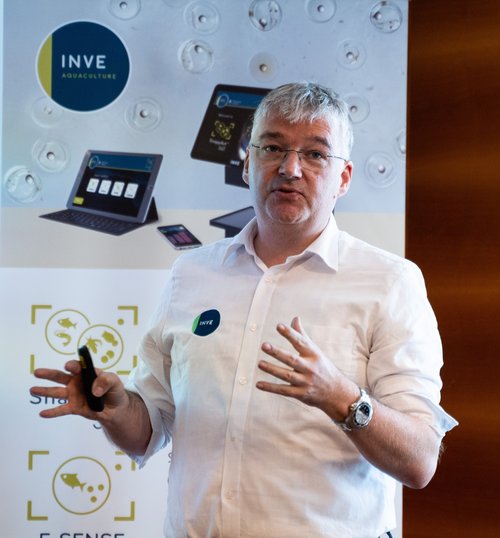
“D-FENSE is the first line of defense in microbial management and biosecurity at the hatchery. Together, SEP-Art® and D-FENSE add value by ensuring a clean start and a stable finish in Artemia culture, protecting your investment in every cyst,” said Geert Rombaut, Product Manager of Artemia & Live Food at INVE Aquaculture.
EG SEP-Art® D-FENSE follows the same usage protocols as EG SEP-Art® and can be integrated easily into existing hatchery operations without additional steps or equipment. Cysts must not be rinsed or disinfected, as this would deactivate the D-FENSE coating applied to their surface.
The technology stabilizes microbial conditions, reduces microbial loads in the Artemia hatching environment, and supports healthier live feeds. Launch results showed a five-log reduction in Vibrio, a three- to four-log reduction in total bacterial counts, lower water turbidity and higher oxygen levels during hatching.
“This ends up in Nauplii with greater activity, stronger stress resistance during harvesting, lower mortality, and improved enrichment performance,” Rombaut explained.
Letizia Chiappi, R&D Engineer at INVE Aquaculture, introduced three complementary strategies for effective bacterial control using EG SEP-Art® D-FENSE Artemia. Each strategy begins with hatching Artemia treated with D-FENSE, which significantly reduces Vibrio and overall bacterial load. The first approach maintains protection during enrichment without additional disinfection. The second adds a sanitizer during enrichment to further improve nauplii quality. The third strategy goes a step further with a post-enrichment bath treatment, bringing Vibrio levels below critical thresholds.
A fourth, more advanced strategy is in development. It builds on the third by incorporating bioencapsulation of activated Bacillus species during cold storage, aiming to enhance microbial balance and support gut health in early larval stages.
“EG SEP-Art® D-FENSE protects your investment in every cyst by suppressing bacterial growth during hatching, enrichment, and storage. It stabilizes microbial conditions for consistent enrichment outcomes, standardizes enrichment efficiency, and strengthens hatchery biosecurity. All of this contributes to more reliable live feed production, helping hatcheries boost both performance and predictability,” Rombaut concluded.
New broodstock semi-moist diet and production method
Recognizing the critical role of broodstock nutrition in egg quality and early larval development, INVE has introduced Fish Breed-M, a powdered broodstock diet designed to eliminate the need for fresh food supplementation or feed for very big breeders.
The diet can be prepared directly at the hatchery, by hand or with a specific device, by mixing the powder with tap water. After a few minutes of blending, the mixture forms a semi-moist dough. This dough is then processed into feed balls, where pellet size can be adjusted to meet the specific requirements of different broodstock species. Using the specific device, the dough is processed through an extrusion system and goes into a “roll-up” machine to automatically produce feed balls between 14 and 30 mm in diameter with a capacity of up to 10 kilograms per hour. At the end of the production, the semi-moist feed balls can be used directly or stored in the freezer for up to one month.
The specific equipment (mixer + extruder + roll up) was developed in collaboration with a specialized partner company, which will supply the machinery.
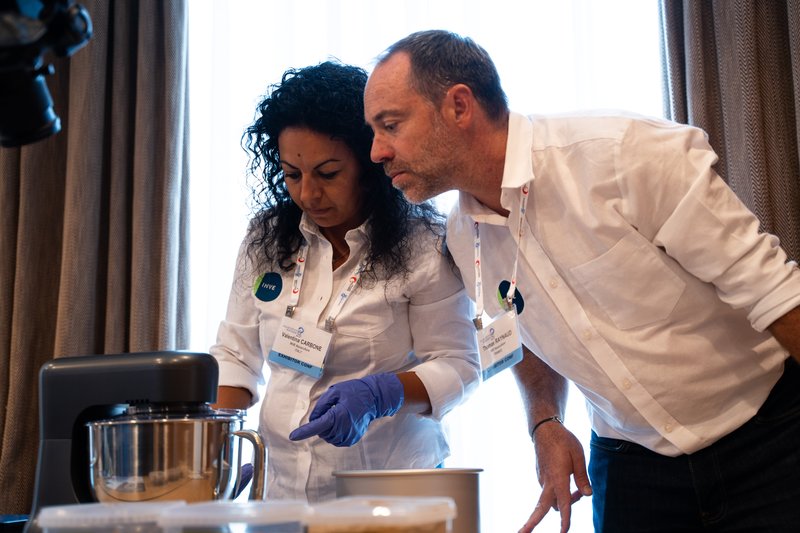
Valentina Carbone, Global Technical Expert Fish, and Thomas Raynaud, Product Manager and Business Development Manager - Fish & Shrimp Diets, at INVE Aquaculture. Credits: INVE Aquaculture


